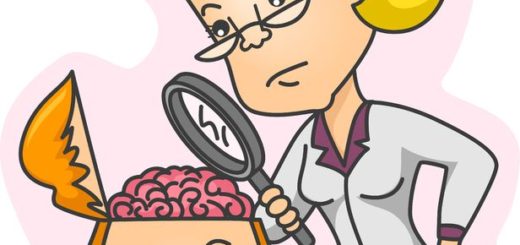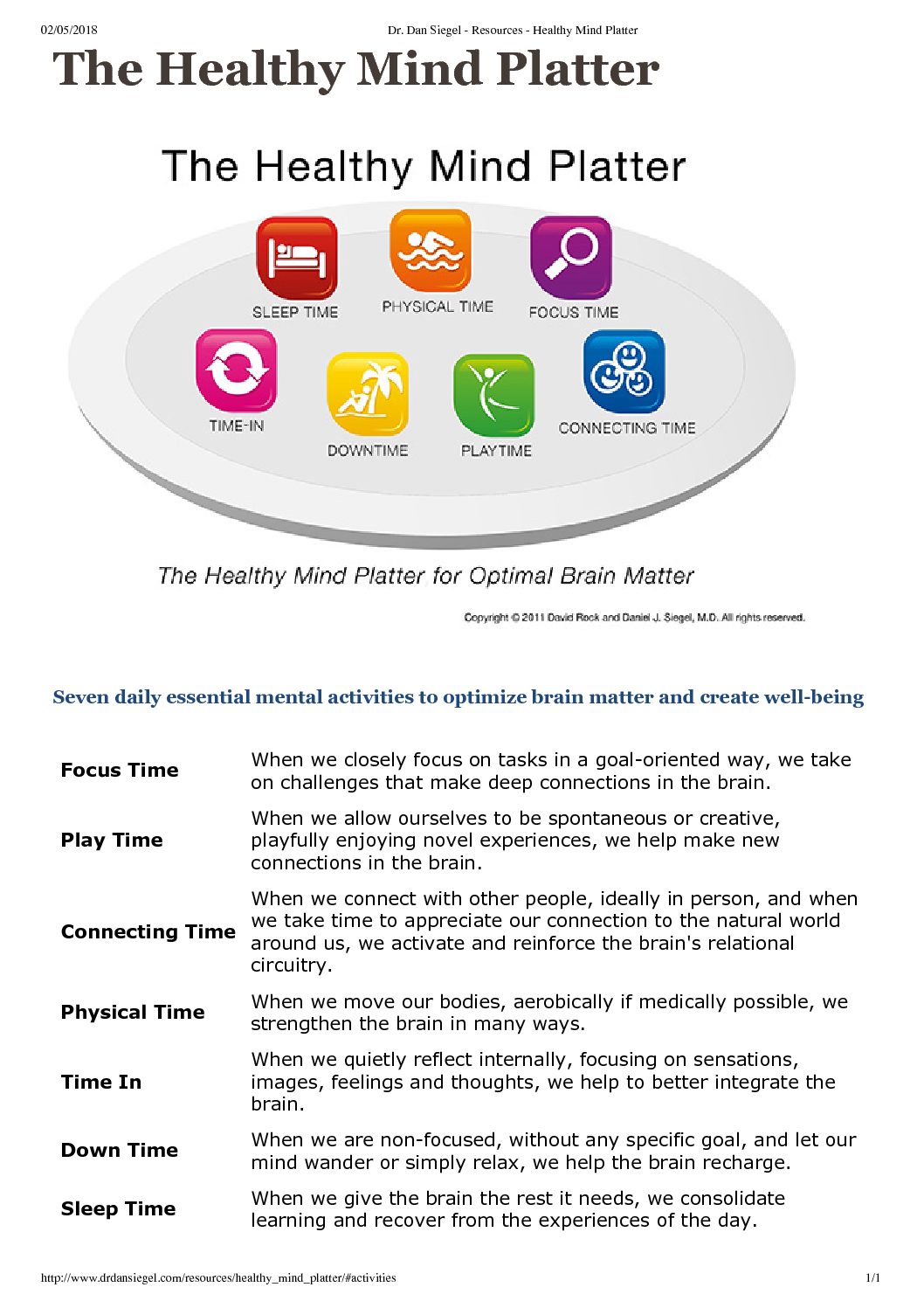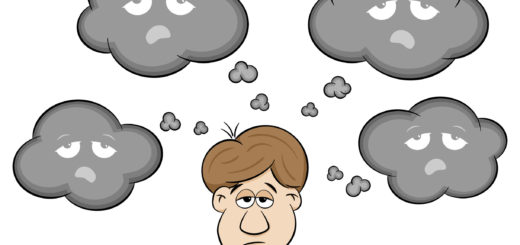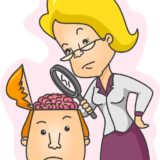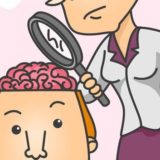How To Tell If Your Child Has An Eating Disorder

Eating disorders are common. They can occur in anyone, both females and males at any age, including childhood but are particularly common in the teens and early twenties. It’s a common misperception that you must be underweight to have an eating disorder, in fact, they can occur in any body size. Sometimes over-exercising is the prominent feature.
Many physical and psychological changes occur during puberty that can make teenagers particularly self-conscious about their body image. Teens may be particularly influenced by societal pressure to pursue thinness or muscularity resulting in a desire to diet or exercise in an unhealthy fashion. Unfortunately, even moderate dieting greatly increases the risk of developing an eating disorder or, paradoxically, future obesity. Weight loss from any cause can be a trigger for an eating disorder even after prolonged illness or injury.
Possible Symptoms of an Eating Disorder
Here are some common feelings and behaviours people with eating disorders might experience. Many of us can identify with some of these feelings. In isolation they don’t necessarily indicate an eating disorder but might prompt you to examine your attitude towards eating and health;
- Attributing excessive self-worth to appearance, dissatisfaction with body image, feeling fat despite healthy body shape
- Preoccupation with being muscular
- Dieting, calorie counting, uncharacteristic changes to food choices such as taking up a restrictive diet (eg Veganism)
- Use of diet pills, laxatives, appetite suppressants
- Developing restrictive rules or rituals around eating or preparing food
- Rapid weight loss, gain or fluctuation (in any body shape)
- Excessive weighing or body checking (mirrors, pinching), intense fear of gaining weight
- Feeling guilty about eating
- Eating in secret or difficulty eating in public
- Denial of hunger, making excuses not to eat, sensitivity to comments about food
- Pervasive preoccupation with food (sometimes expressed by cooking for others)
- Undue interest in diet books or websites, images of thin people (‘fitspo’) or pro-anorexia forums
- Excessive (or secret) exercise, unhealthy preoccupation with exercise, compulsion to ‘burn off’ calories eaten with exercise
- Vomiting (frequent bathroom visits after meals, damaged teeth enamel)
- Binging (uncontrollable eating of unusually large amounts of food)
- Gastrointestinal symptoms such as excessive fullness or bloating after eating, development of new ‘food intolerances’
- Withdrawal from social activities or previously enjoyed hobbies (particularly if reasons pertain to food or appearance)
- Excessive tiredness, dizziness or fainting
- Always feeling cold
- Low self-esteem, perfectionism, ‘black and white’ thinking, concentration difficulties, depression, anxiety, self-harm or suicidal thoughts
Commonly attempts are made to conceal or deny symptoms making them difficult to identify. They can develop insidiously over time, seem innocent at first or begin as genuine attempts to ‘be more healthy’.
Eating disorders are not a ‘phase’, ‘cry for help’ or ‘attention seeking’, nor are they the fault of the sufferer or their parents. They are caused by a complex interaction of personal, genetic and social factors.
Where to Seek Help
If you are concerned about your child, even if ‘something just doesn’t feel right’ please seek an opinion from the Butterfy Foundation, a health professional who is experienced in eating disorders (eg GP, psychologist, dietitan, exercise physiologist, psychiatrist). Inappropriately minimising concerns can cause harm. Early intervention is beneficial. Providing education early, on unhealthy attitudes towards food, exercise or body image may prevent the development of an eating disorder. Recovery from an established eating disorder is always possible and requires much effort, support and time.


